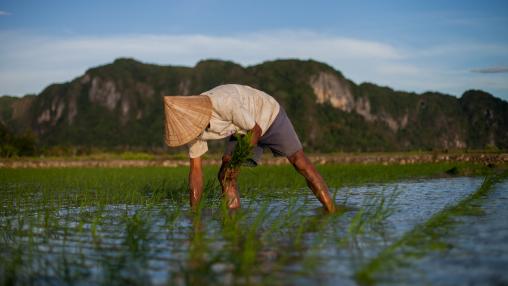
Rising Prices, Optimistic Market Outlook: Latest FAO Food Price Index and AMIS Market Monitor Report
Strong rebounds in global vegetable oil prices, as well as sugar and dairy prices, drove the FAO Food Price Index to its highest point in five years in December. The December Index rose by 4.4. percent from November, the third such consecutive monthly increase, and reached 181.7 points.
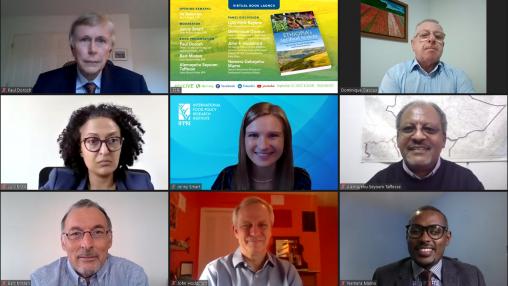
Knowledge for a Sustainable Food Future: New Foresight Tool Examines Impact of Agricultural Investments
How can we feed 10 billion people by 2050? How much and in what ways will climate change impact global food production? What can be done to ensure that the world’s agriculture and food systems remain sustainable in both the short and the long term?
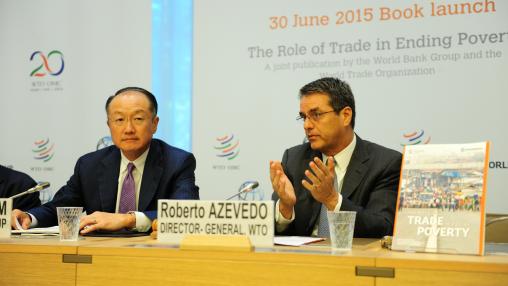
The crippling of the multilateral trading system
As of today (Dec. 10), the dispute settlement mechanism of the World Trade Organization (WTO) has been crippled, as its Appellate Body (AB) has been left with less than three members on the seven-member body. The U.S. government has blocked the WTO from appointing new members, leaving the AB without the minimally required number of judges to hear appeals in trade disputes.
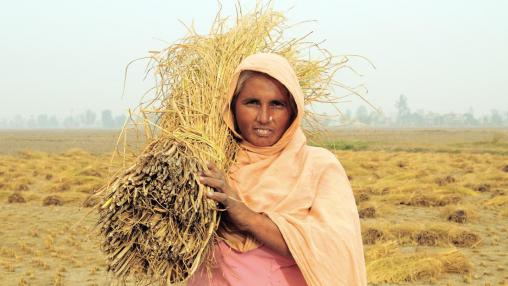
Food Price Index Reaches 26-Month High
The FAO Food Price Index reached a 26-month high in November and rose almost 10 percent above November 2018 levels. This significant increase was driven mostly by meat and vegetable oil prices.

Special Event: Webinar on new Global Foresight for Food and Agriculture Tool
Join the Food Security Portal (FSP), the International Food Policy Research Institute (IFPRI), and the CGIAR Research Program on Policies, Institutions, and Markets (PIM) in the launch of the global foresight tool Impacts of Alternative Investment Scenarios. The tool was recently developed by IFPRI’s IMPACT model team and the FSP. The Global Foresight tool provides researchers and policymakers with a flexible way to explore the impact of various agricultural investment scenarios on agricultural production, productivity, and hunger for the period 2010-2050.
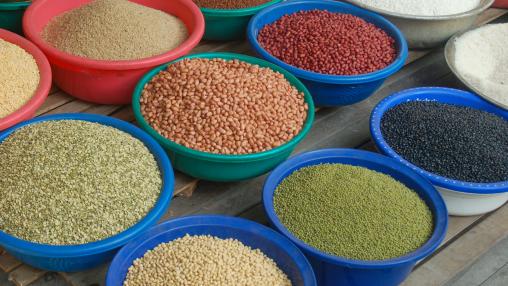
FAO SOFA report 2019: New insights into food loss and waste
Fourteen percent of the food produced globally is lost during the post-harvest production stage before reaching the retail stage of the food system, according to the newly-released FAO 2019 State of Food and Agriculture (SOFA) report . While significant, this figure is less than an earlier FAO loss estimate of one-third of all food. Some regional losses are higher, reaching over 15% in North America and Europe and over 20% in Central and South Asia.
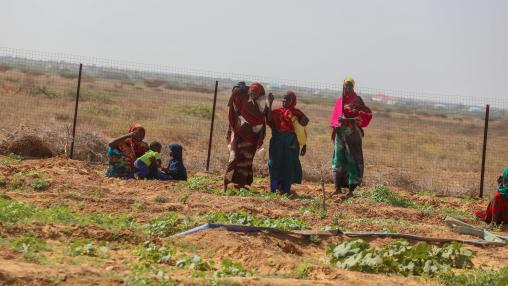
Best Practices: Early Warning Early Action Systems
According to the 2018 Global Report on Food Crises, an estimated 124 million people worldwide face crisis-level or worse food insecurity, largely as a result of conflict and political instability or extreme weather events.
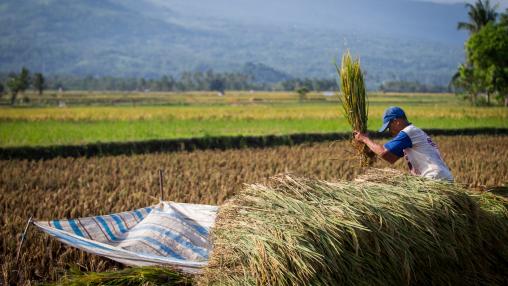
Latest FAO Food Price Index and AMIS Market Monitor Released
In January 2018, the FAO Food Price Index rose by 1.8 percent from its end-of-the-year levels. This increase was driven mainly by a sharp rise in dairy prices, as well as slighter increases in vegetable oil and sugar prices. The Index remained 2.2 percent below January 2017 levels, however.
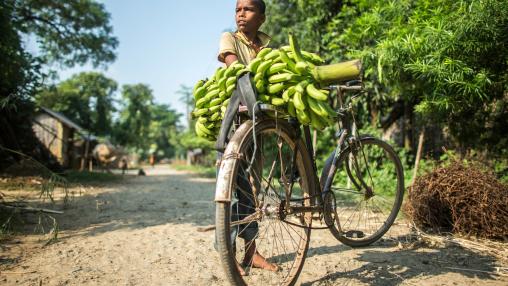
Food and agriculture at a crossroads
Over the past century, enormous progress has been made in improving human welfare worldwide, thanks to quantum leaps in technology, rapid urbanization, and innovations in production systems. Yet immense challenges remain. Billions of people still face pervasive poverty, gross inequalities, joblessness, disease, and deprivation. In addition, the impacts of this progress on the environment, specifically those of climate change, are already being felt and will continue to intensify.
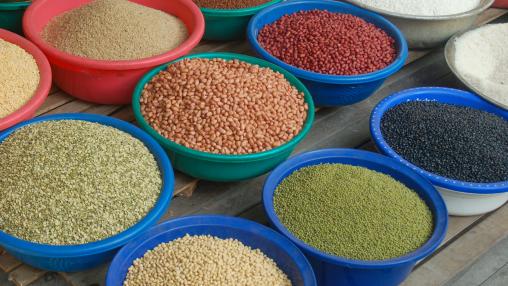
New review finds fundamental gaps and new opportunities for world’s agricultural monitoring systems
The world’s agricultural monitoring systems provide up-to-date information on food production to decision makers that is crucial to global and national food security. When prices become dangerously volatile—as they did during the food price crisis of 2007-2011—these systems spread critical information quickly that can reduce the risks of market and supply upheavals.